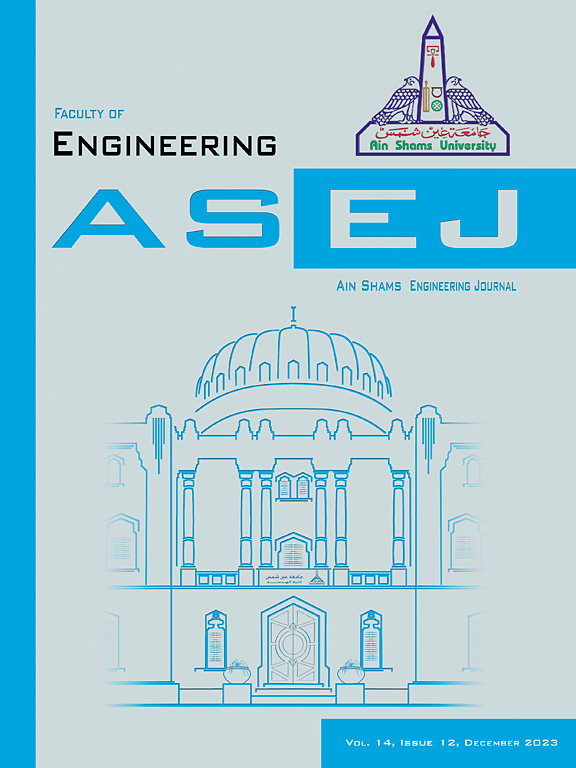Analyzing the dependency of earthquake insurance premium on the intensity measure used in probabilistic seismic hazard analysis and fragility curves
IF 6
2区 工程技术
Q1 ENGINEERING, MULTIDISCIPLINARY
引用次数: 0
Abstract
Considering the uncertainties associated with earthquake, seismic response of structures, damage caused by the response and the repair costs, determining Earthquake Insurance Premium (EIP) is a challenging task that requires a framework for modeling all inherent risks. Most of the models proposed for EIP determination have two basic components. The first component indicates the probability of seismic hazard (generally obtained from the probabilistic seismic hazard analysis), and the second component indicates the probability of occurrence of a given damage to the structure with respect to different seismic hazard levels (generally obtained from the fragility curves). These two components are interconnected through an intermediate parameter, known as the Intensity Measure (IM), which is of great importance in calculations and has hardly been considered so far. In this study, the dependency of EIP on the IM used in the probabilistic seismic hazard analysis and the fragility curves is analyzed. To this end, the EIP was determined for five types of buildings at low, medium and high seismic hazard levels using two IMs (peak ground acceleration and first mode spectral acceleration). The results of this study warn that the EIP can be highly dependent on the IM, so that for all studied structures, the EIP determined based on peak ground acceleration at a high seismic hazard level is nearly three times as many as the one determined by the first mode spectral acceleration. A significant finding is that when the first mode spectral acceleration is used as the IM, the ratio of EIP at different seismic hazard levels closely matches the ratio of IM at the same levels. This result can be valuable in developing insurance codes and regulations. However, this is not the case for the currently used IM, i.e., peak ground acceleration.
分析地震保险费与地震灾害概率分析和脆性曲线所用烈度指标的关系
考虑到地震的不确定性、结构的地震反应、地震反应造成的损失以及修复成本,确定地震保险费(EIP)是一项具有挑战性的任务,需要一个对所有固有风险进行建模的框架。为确定 EIP 而提出的大多数模型都有两个基本组成部分。第一部分表示地震灾害的概率(一般从概率地震灾害分析中获得),第二部分表示不同地震灾害等级下结构发生特定损坏的概率(一般从脆性曲线中获得)。这两个部分通过一个称为烈度测量(IM)的中间参数相互连接,该参数在计算中非常重要,但迄今为止几乎没有人考虑过。本研究分析了 EIP 与地震危险概率分析和脆性曲线中使用的 IM 之间的关系。为此,使用两种 IM(峰值地面加速度和一模频谱加速度)确定了低、中、高地震危险等级下五种类型建筑物的 EIP。研究结果表明,EIP 在很大程度上取决于 IM,因此对于所有研究的建筑物,在高地震危险等级下根据峰值地面加速度确定的 EIP 几乎是根据一模频谱加速度确定的 EIP 的三倍。一个重要发现是,当使用一模谱加速度作为 IM 时,不同地震危险等级下的 EIP 比值与相同等级下的 IM 比值非常接近。这一结果对于制定保险规范和法规很有价值。然而,目前使用的 IM(即峰值地面加速度)却并非如此。
本文章由计算机程序翻译,如有差异,请以英文原文为准。
求助全文
约1分钟内获得全文
求助全文
来源期刊

Ain Shams Engineering Journal
Engineering-General Engineering
CiteScore
10.80
自引率
13.30%
发文量
441
审稿时长
49 weeks
期刊介绍:
in Shams Engineering Journal is an international journal devoted to publication of peer reviewed original high-quality research papers and review papers in both traditional topics and those of emerging science and technology. Areas of both theoretical and fundamental interest as well as those concerning industrial applications, emerging instrumental techniques and those which have some practical application to an aspect of human endeavor, such as the preservation of the environment, health, waste disposal are welcome. The overall focus is on original and rigorous scientific research results which have generic significance.
Ain Shams Engineering Journal focuses upon aspects of mechanical engineering, electrical engineering, civil engineering, chemical engineering, petroleum engineering, environmental engineering, architectural and urban planning engineering. Papers in which knowledge from other disciplines is integrated with engineering are especially welcome like nanotechnology, material sciences, and computational methods as well as applied basic sciences: engineering mathematics, physics and chemistry.
 求助内容:
求助内容: 应助结果提醒方式:
应助结果提醒方式:


